Description
Here are some key points about aluminum scaffold couplers:
- Material: Aluminum scaffold couplers are made from aluminum, a lightweight and corrosion-resistant material. Aluminum scaffolding is popular for its ease of handling and transportation compared to traditional steel scaffolding.
- Types: There are various types of couplers designed for specific connections in an aluminum scaffold system. Common types include swivel couplers, double couplers, single couplers, and putlog couplers, among others. The type of coupler used depends on the specific requirements of the scaffold structure.
- Connection: Couplers are used to connect different scaffold components, such as tubes or pipes, to form a stable and secure scaffold structure. They typically have bolts or clamps that secure the connections.
- Compatibility: When using aluminum scaffold couplers, it’s important to ensure compatibility with other scaffold components. Couplers must be designed to work seamlessly with the scaffold tubes and other parts to create a robust and safe structure.
- Safety: Safety is a top priority in scaffolding, and couplers play a crucial role in maintaining the stability of the entire structure. It’s essential to follow manufacturer guidelines and industry standards when selecting and using aluminum scaffold couplers.
- Durability: Aluminum scaffold couplers are designed to be durable and withstand the rigors of construction work. The corrosion-resistant properties of aluminum contribute to the longevity of the couplers.
- Assembly and Disassembly: Aluminum scaffold systems are known for their quick assembly and disassembly. Couplers with user-friendly designs facilitate the efficient installation and removal of scaffolding components.
When using aluminum scaffold couplers, it’s important to adhere to safety regulations, follow manufacturer guidelines, and ensure that the entire scaffold system is erected by trained and qualified personnel. Regular inspections and maintenance are also crucial to ensure the ongoing safety and stability of the scaffold structure.

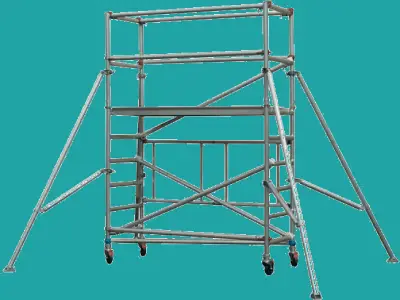


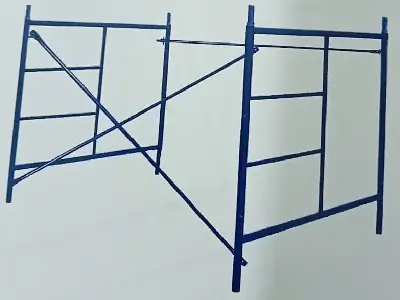




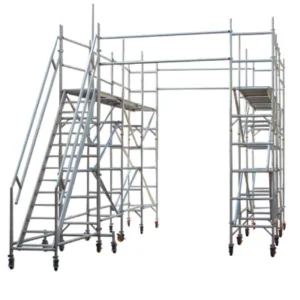
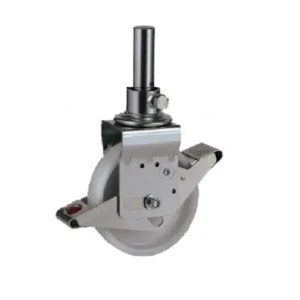

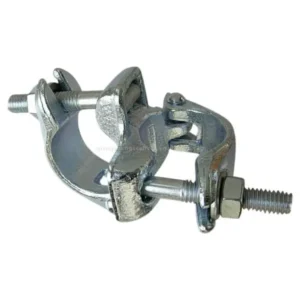


Reviews
There are no reviews yet.